------
New face of vandalism?
By Gersh Kuntzman
The Brooklyn Paper
October 13, 2007
Perspective / The Brooklyn Angle

The Brooklyn Paper / Julie Rosenberg
Six-year-old Natalie Shea got a threatening letter from the city demanding the removal of “graffiti” she drew with chalk — with chalk!— on her front step. Here, Shea shows her defiance to the warning letter by creating a new work with the supposedly illegal medium.

The Brooklyn Paper / Julie Rosenberg
Natalie Shea with her warning letter and the alleged graffiti.
Natalie Shea with her warning letter and the alleged graffiti.
------------
A 6-year-old Park Slope girl is facing a $300 fine from the city for doing what city kids have been doing for decades: drawing a pretty picture with common sidewalk chalk.
Obviously not all of Natalie Shea’s 10th Street neighbors thought her blue chalk splotch was her best work — a neighbor called 311 to report the “graffiti,” and the Department of Sanitation quickly sent a standard letter to Natalie’s mom, Jen Pepperman.
Can somebody stop these bureaucrats before they Kafka again?
A 6-year-old Park Slope girl is facing a $300 fine from the city for doing what city kids have been doing for decades: drawing a pretty picture with common sidewalk chalk.
Obviously not all of Natalie Shea’s 10th Street neighbors thought her blue chalk splotch was her best work — a neighbor called 311 to report the “graffiti,” and the Department of Sanitation quickly sent a standard letter to Natalie’s mom, Jen Pepperman.
Can somebody stop these bureaucrats before they Kafka again?
“PLEASE REMOVE THE GRAFFITI FROM YOUR PROPERTY,” the Sanitation Department warning letter read. “FAILURE TO COMPLY … MAY RESULT IN ENFORCEMENT ACTION AGAINST YOU.”
Since when is a kid’s chalk drawing “graffiti”? Since the City Council passed local law 111 in 2005, which defined “graffiti” as “any letter, word, name, number, symbol, slogan, message, drawing, picture, writing … that is drawn, painted, chiseled, scratched, or etched on a commercial building or residential building.”
In other words, Natalie Shea is not an artistic little girl, but a graffiti scofflaw?
No. The law goes on to say that the scribbles can only be called “graffiti” if they are “not consented to by the owner of the commercial building or residential building.” But how could the 311 caller possibly be expected to know if Natalie had her mom’s consent to use chalk on her own front stoop?
“He could have just asked!” Pepperman said. “This whole thing is ridiculous. Admittedly, this drawing was not her best work — she usually sticks to cheerful scenes, not abstracts, frankly — but to send a warning letter like that is outrageous.”
Pepperman ticked off any number of daily insults to common decency on her block, including (but not limited to) dog poop, garbage from ill-kept homes, and noise from car alarms. But Sanitation didn’t get a 311 call about those indignities. It got a call about a 6-year-old’s drawing.
“The report came in as ‘graffiti,’ and, as you know, the city is trying to crack down on graffiti on private property,” said agency spokeswoman Cathy Dawkins.
“He could have just asked!” Pepperman said. “This whole thing is ridiculous. Admittedly, this drawing was not her best work — she usually sticks to cheerful scenes, not abstracts, frankly — but to send a warning letter like that is outrageous.”
Pepperman ticked off any number of daily insults to common decency on her block, including (but not limited to) dog poop, garbage from ill-kept homes, and noise from car alarms. But Sanitation didn’t get a 311 call about those indignities. It got a call about a 6-year-old’s drawing.
“The report came in as ‘graffiti,’ and, as you know, the city is trying to crack down on graffiti on private property,” said agency spokeswoman Cathy Dawkins.
“It’s a standard warning letter,” added Dawkins. “The property owner has 45 days to remove it or ask the city to remove it. We’ll inspect after that, and if the graffiti is still there, the property owner has another 60 days before we’ll write a summons.”
For sidewalk chalk that would dissolve at the first rain? Dawkins said the law is on her agency’s side.
“The instrument used — whether it’s paint or chalk — does not matter,” she said.
For sidewalk chalk that would dissolve at the first rain? Dawkins said the law is on her agency’s side.
“The instrument used — whether it’s paint or chalk — does not matter,” she said.
But if Dawkins is right, than the city has just criminalized hopscotch or drawing arrows to point neighbors towards a stoop sale down the block — as long as a neighbor calls 311 to complain.
In reality, chalkers have little reason to start using invisible ink. The city’s pre-eminent sidewalk chalk illustrator, Ellis Gallagher, says he’s outlining street furniture and other objects for years and never been arrested.
“Cops stop me all the time when they see me drawing on the sidewalk, but once they see it’s just chalk, they always let me go,” said Gallagher, a Carroll Gardens resident (see his work at www.myspace.com/ellis_gee).
Gallagher believes that, despite local law 111, drawing in chalk is not illegal. But a call to the NYPD revealed that there’s a lot of gray area. (UPDATE: Gallagher arrested for chalk drawing. [nydailynews.com])
“According the New York penal law, graffiti is the etching, painting, covering, drawing or otherwise placing of a mark upon public or private property with intent to damage such property,” said an NYPD spokesman.
When pressed to define “intent” or, for that matter, “damage,” the spokesman added: “If it can be washed away, it’s not graffiti, clearly, but it still could be criminal mischief. If I cover your car with mustard, that’s not graffiti, but it’s also not legal.”
Pepperman is holding firm that her daughter is a pretty artist and not a petty criminal.
And for his part, Natalie’s father, George Shea, hoped that his daughter wouldn’t learn the wrong lesson from her “graffiti” crime wave.
“I do love that kid,” Shea said, “but I wish she would stop capping my tags.”
Gersh Kuntzman is the Editor of The Brooklyn Paper.
E-mail Gersh at gkuntzman@cnglocal.com
©2007 The Brooklyn Paper
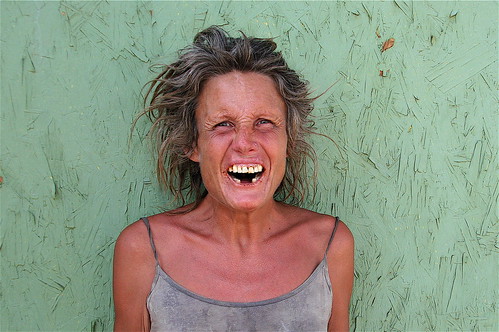


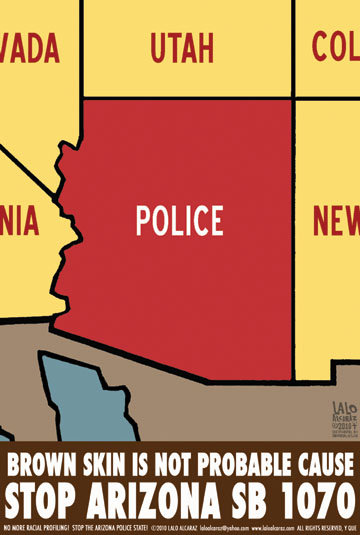





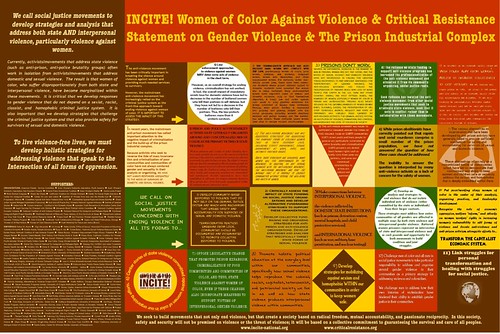


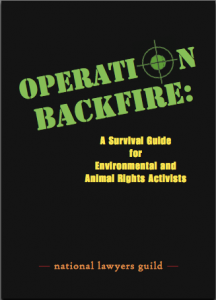

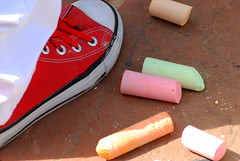








No comments:
Post a Comment